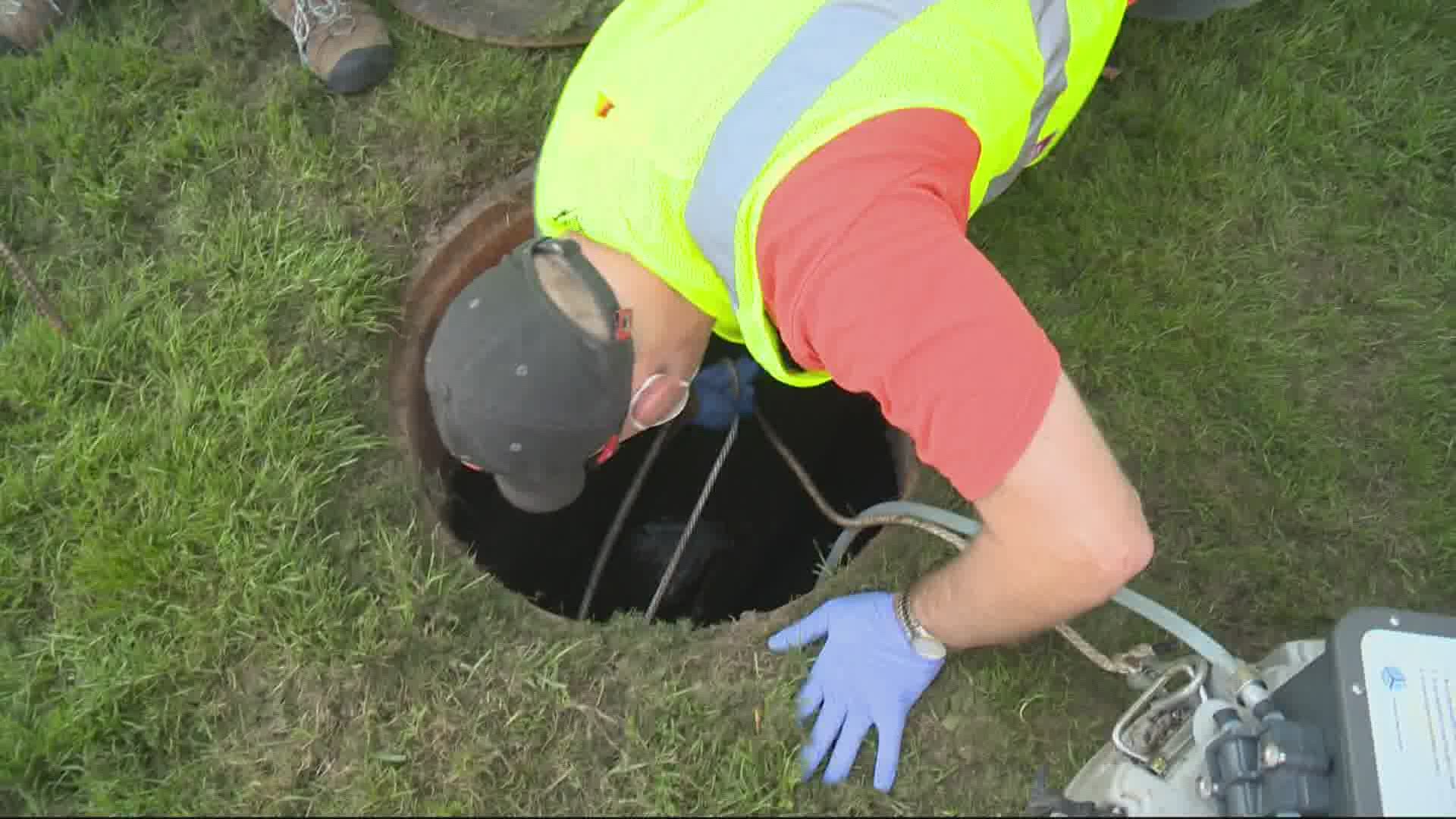CORVALLIS, Ore — New research shows COVID-19 infections have trended downward in recent weeks. Still, experts warn, even with vaccinations, we are not out of the woods.
Since last spring, researchers at Oregon State University have been collecting wastewater from sewers in an effort to track COVID-19.
"We've been monitoring wastewater throughout the state of Oregon," explained environmental engineer Tyler Radniecki, "Right now, we're monitoring at about 40 different treatment plants throughout the state."
Radniecki heads up one of the programs. With every flush of feces from an infected person, an inactive form of the virus enters the sewage system.
And recent data shows virus levels are declining.
"Things are definitely trending in the right direction," said Radniecki. "We're seeing this across the state, we're definitely seeing a downward trend in wastewater numbers in most of our communities."
But we are not out of the woods yet.
Fellow OSU researcher Taal Levi and his colleague Tiffany Garcia teamed up to test the wastewater that flows beneath Corvallis.
They found virus levels ramped up around Christmas time, but then dropped.
They had hoped the decline would continue, but recent samples collected showed an increase in virus levels in some areas.
"The treatment plant again had an increase," said Levi. "It hasn't increased to the levels it had been in mid to late January, which was the highest we've seen, but it didn't dissipate as I had hoped."
The take-away?
While the COVID risk has lowered, virus levels are still at about the same level they were in early summer. And in some areas, they've even increased.
So even with vaccinations ramping up, we all need to continue to take precautions.
"I'm hopeful things will start to dissipate as more and more people get vaccinated and we continue to maintain social distancing," said Levi. "But if we open up we could see a resurgence and that could be a warning that maybe were on the wrong track."

